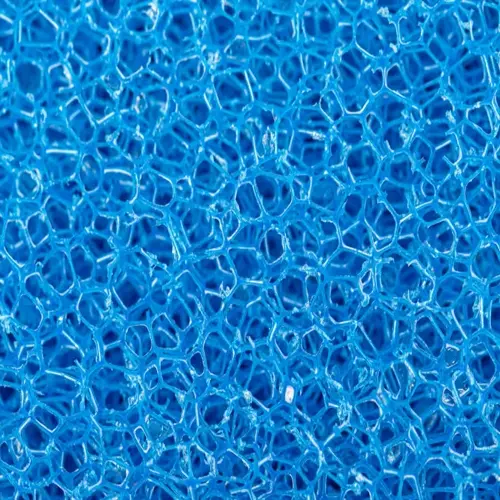What are the essential aquarium water parameters to monitor?

Written by
Kailani Okoro
Reviewed by
Prof. Henry Webster, Ph.D.Maintaining essential aquarium water parameters keeps your aquatic pets happy and healthy. These measurable factors regulate the biological mechanisms underlying fish metabolism and immunity. Neglecting them runs the risk of exposing oneself to invisible toxins at a higher-than-normal level. Monitoring the above parameters helps prevent potential disasters before symptoms appear.
First, address nitrogen cycling parameters, including ammonia, nitrite, and nitrate. Ammonia burns fish gills at levels exceeding 0.5 ppm. Nitrite suffocates fish by preventing oxygen absorption. Nitrate causes historical stress in conditions with levels above 20 ppm. Check every week with liquid kits.
Maintain pH stability and buffering. PH affects enzyme action and osmoregulation. KH carbonate hardness helps prevent serious pH crashes, and GH general hardness ropes in some minerals for bones and shells. These interact like gears in a clock.
Saltwater tanks need more additional monitoring than freshwater tanks. Salinity is the measurement used to control hydration levels in fish through specific gravity. Calcium builds coral skeletons. Trace elements, such as iodine, play a crucial role in maintaining tissue health. Reef systems require more specific monitoring than systems with only fish.
Weekly Testing Protocol
- Test ammonia nitrite nitrate every 7 days
- Check pH and temperature during water changes
- Record results to spot trends early
- Test saltwater calcium monthly
Safe Adjustment Methods
- Change pH max 0.2 units per day
- Adjust salinity max 0.001 SG daily
- Use natural methods like driftwood first
- Wear gloves when handling chemicals
Emergency Response
- 25% water change for ammonia spikes
- Add aeration for low oxygen symptoms
- Isolate sick fish immediately
- Have water conditioner ready
Read the full article: Understanding Aquarium Water Parameters

